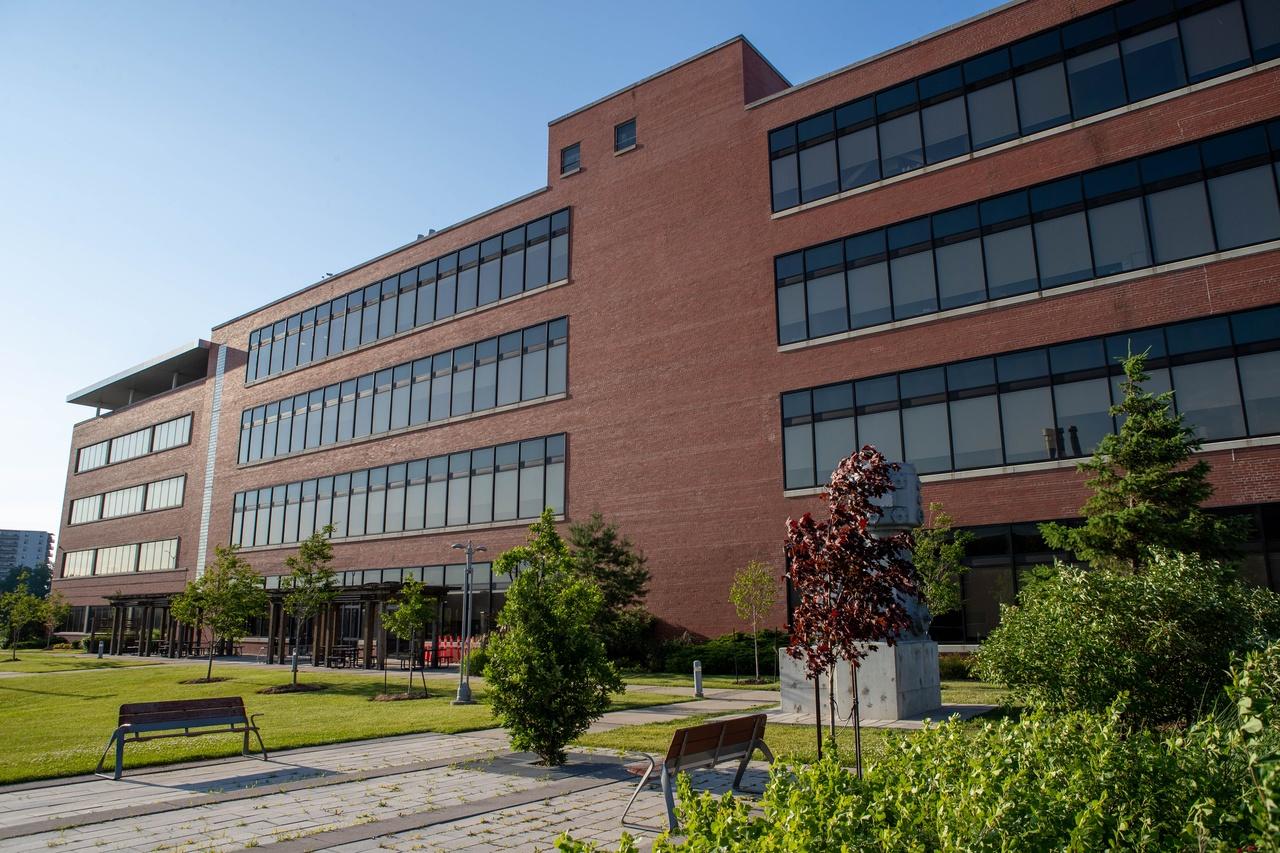Cheryl QuennevilleProfessor, Mechanical Engineering
Overview
My research interests are in human biomechanics and biomedical engineering, with a focus on:
• Definition of bone fracture limits and injury tolerances
• Definition of bone fracture limits and injury tolerances
Contact
quennev@mcmaster.ca
(905) 525-9140 ext. 21797
Other Links and Profiles
Orcid ID

